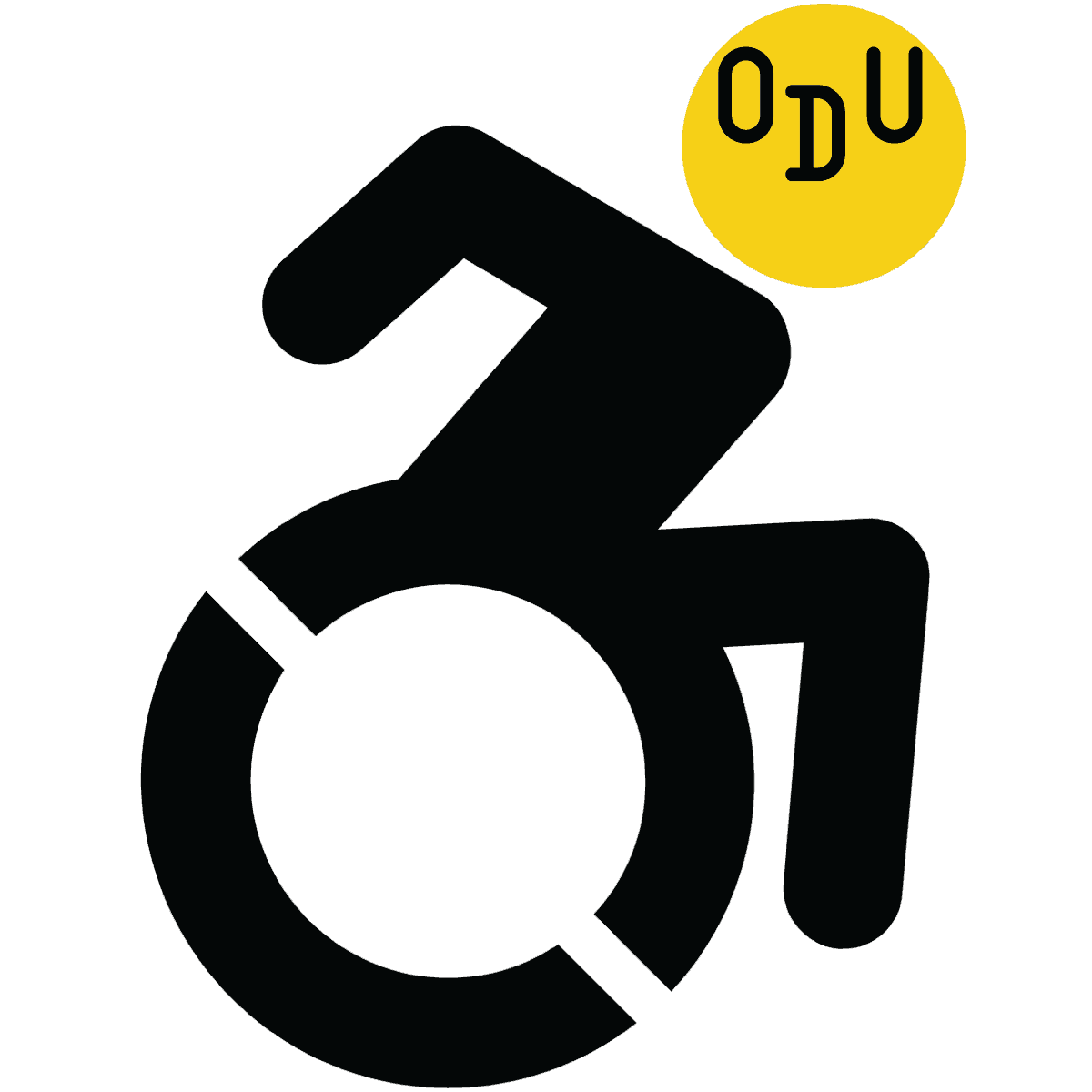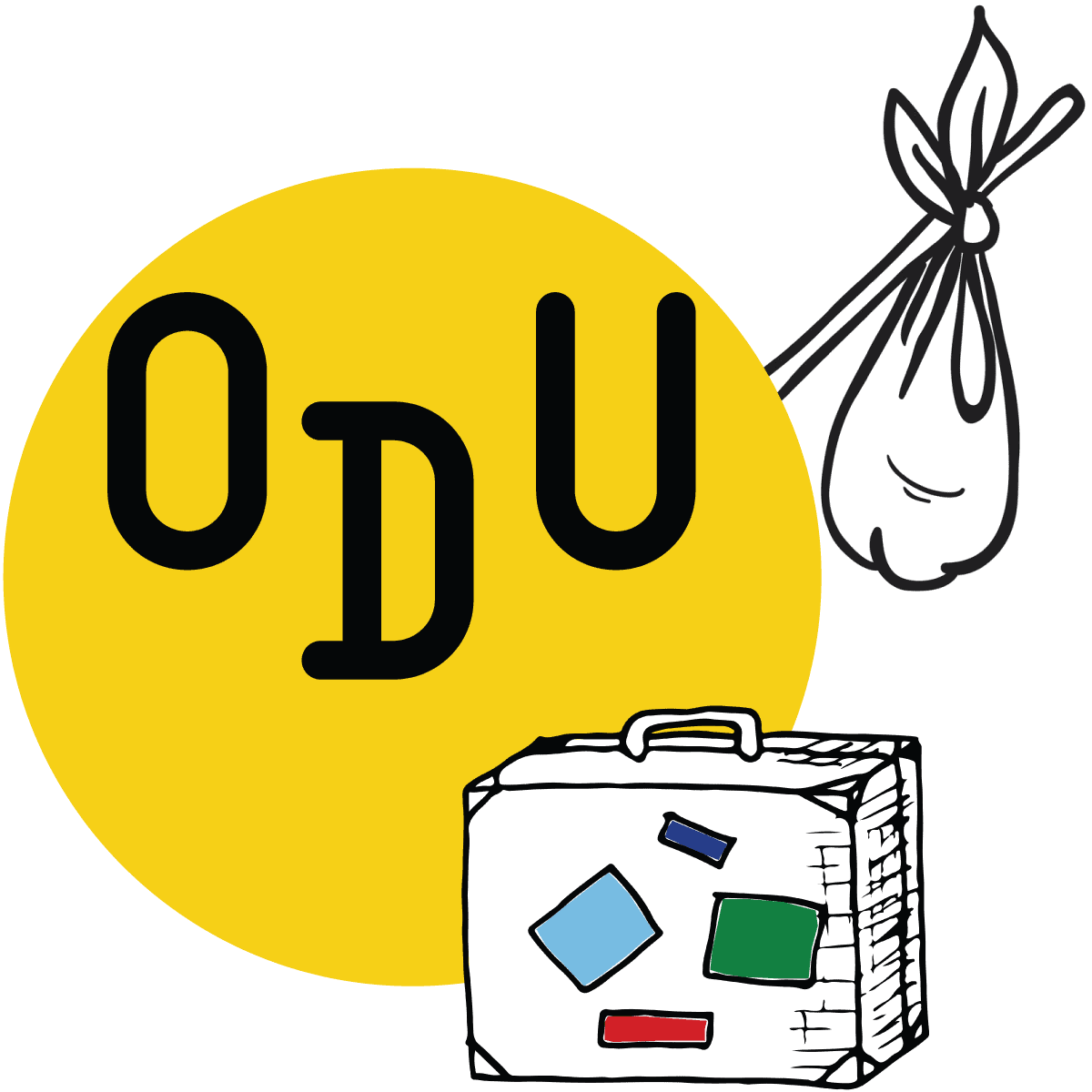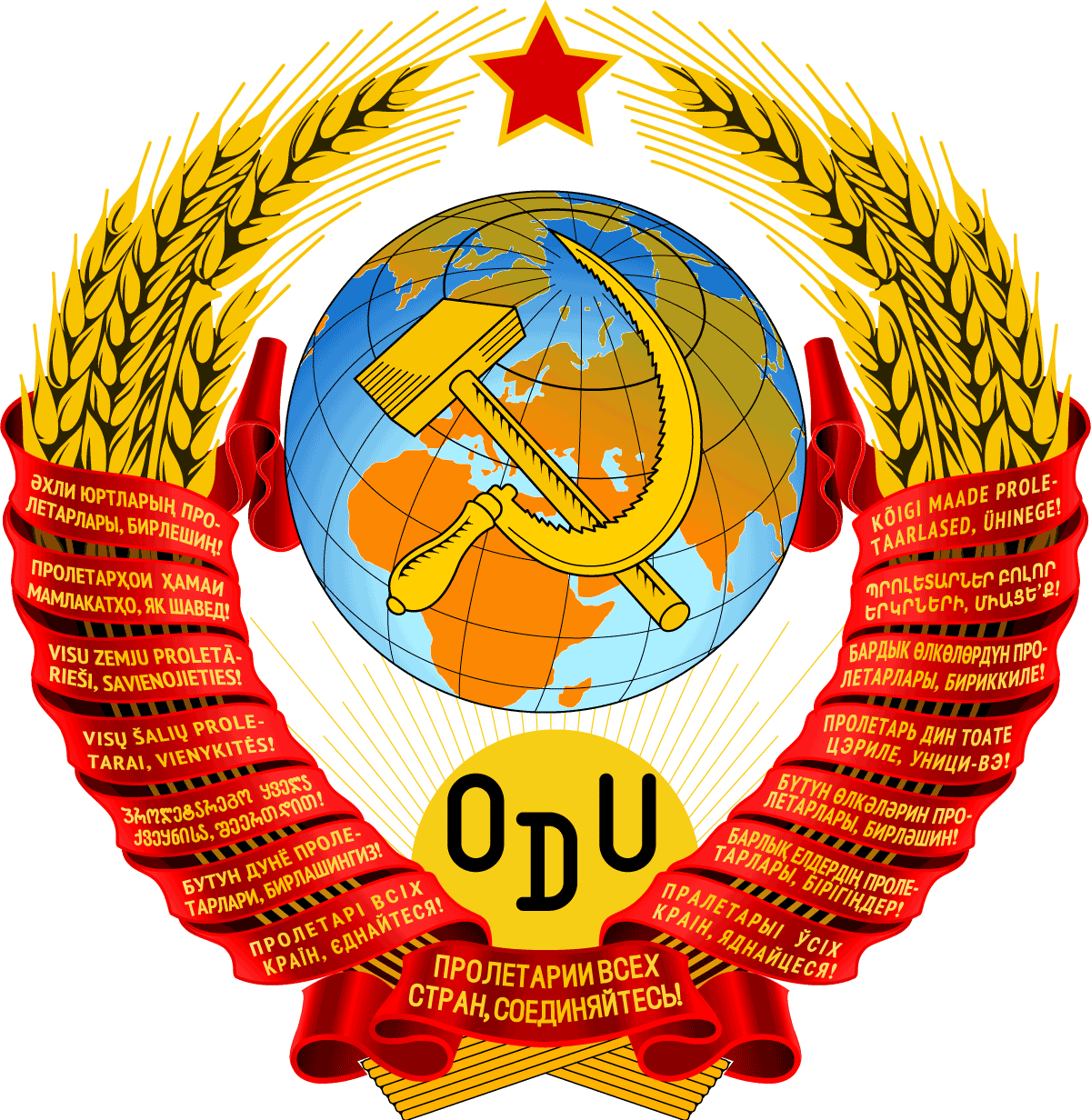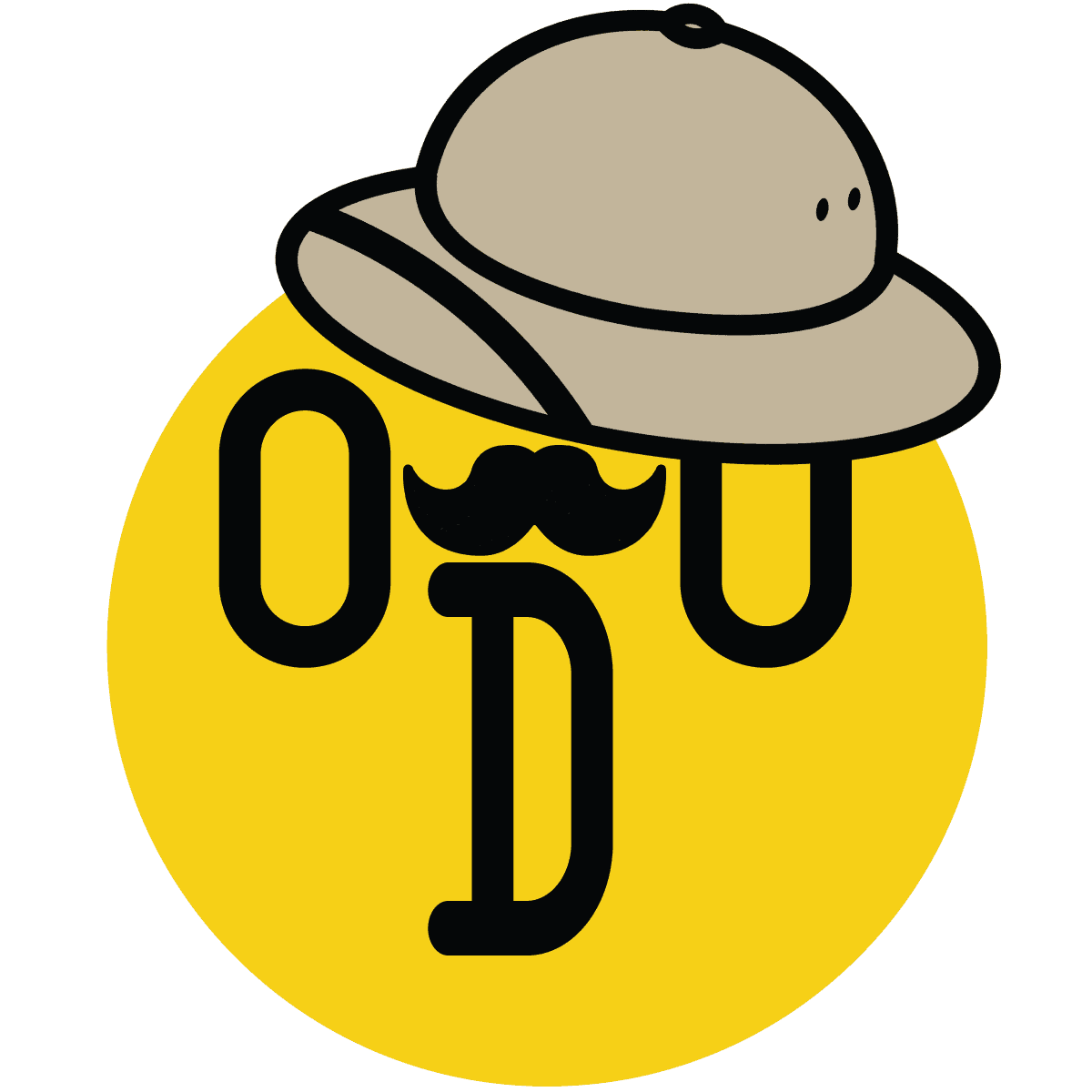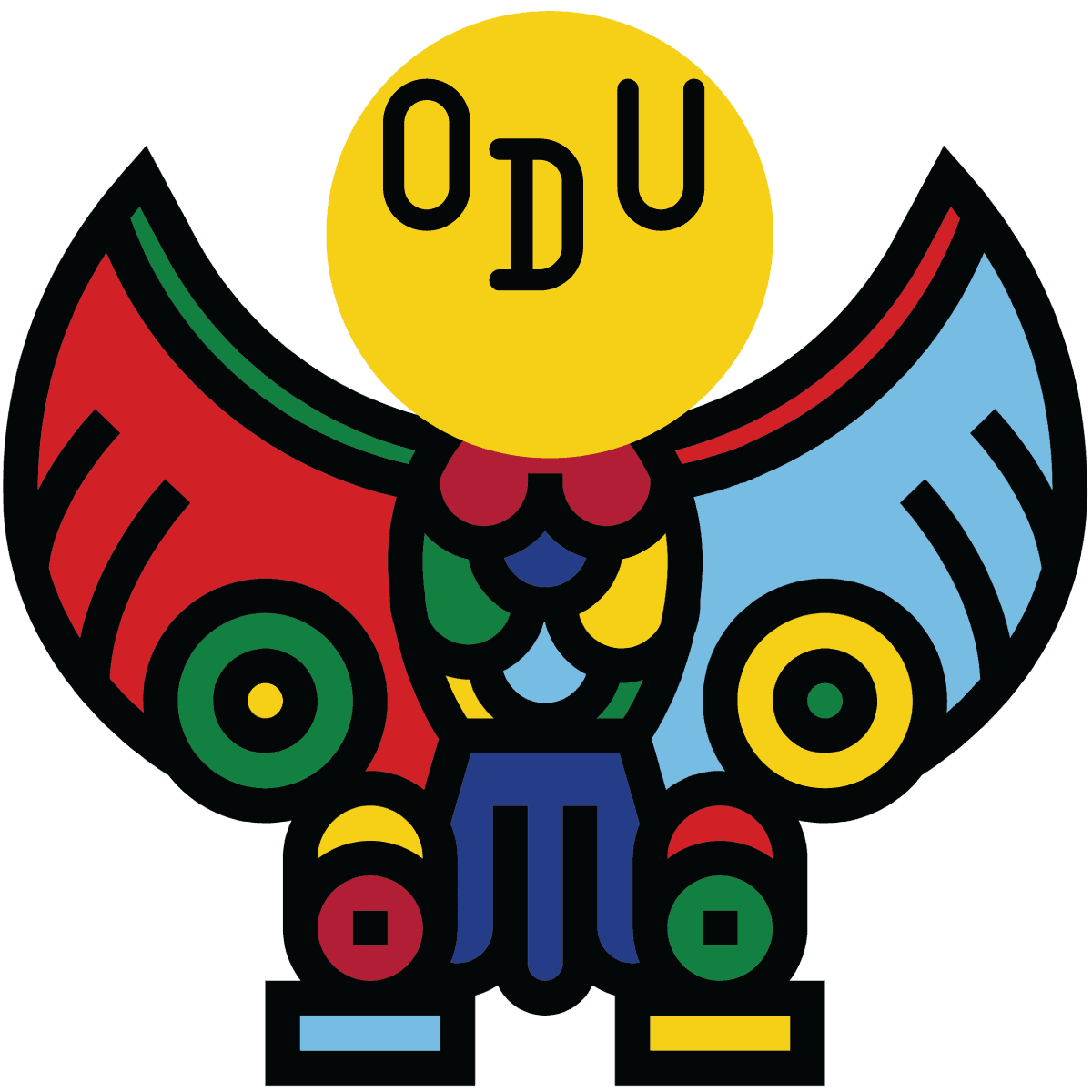What can our bodies do?
It’s odd watching maps similar to the ones we use to show our cultural findings across the planet be populated with the numbers of casualties from the coronavirus. And there has never been a more appropriate time to contemplate what our bodies are capable of.
Humans are so fragile and yet, so resilient. The human body is a wonder of the world, yet at the same time, it is easy to hurt.
Today, as we wish our readers safety and the best of health, we choose to concentrate on how human bodies had eclipsed the constraints around them in the films and art we recently explored.
Where men within the walls of occupied Palestine found freedom through creative expression and feats of physical agility.
Where an artist created garments that allow each body to become their best self and overcome the psychological burdens of addiction.
Where artists danced defiantly against the restrictive, fundamentalist rendering of Islam.
Here are the countries from which our superhumans and their bodies came this week:

Being occupied is a corporeal experience because if you are restricted from going somewhere, does your body still have agency? The protagonists of “Hurdle,” Sami and Mohammad, defy the occupation of Palestine by moving upward. One soars with creativity; the other makes pirouettes in the sky by practicing parkour.
FROM PALESTINE and UNITED STATES:
The Sheltering Power of Art and Pedagogy in Occupied Palestine—‘Hurdle’, dir. Michael Rowley, 2019
An intimate documentary about two men who seek freedom from Israeli occupation through creativity and kinship unfolds into an antidote to toxic masculinity
Artist Mark King works with human cognition a lot, but he doesn’t try to separate the mind from the body. In fact, he tries to use the findings from psychological research in creating environments and clothes that will keep human bodies safe and help them flourish.
FROM BARBADOS and UNITED STATES:
Barbadian-American Artist Mark King Augments Reality to See Changes in Human Behavior
An artist on a quest to find out how digital technology can benefit cognition, and his multidisciplinary approach, which includes graphic design, photography, fashion and psychology

Dancing is inherent to the world’s culture, and yet literal interpretations of religion have been trying to cleanse some Muslim countries of this mode of expression. “When Arabs Danced” is a showcase of artists and their powerful bodies that seek to preserve dancing throughout the Arab world and in Iran.
There is nothing supernatural about any of this, and yet isn’t it fantastic what our bodies can do? Dance is tantalizing. Parkour mindblowing. Cognition-based fashion staggering.
But you, too, possess something that makes you superhuman. Even getting your feet off the bed in the morning, or winking at your own reflection, is a miracle.
And bodies would be nothing if not for the powerful spirits within.
Please take care of yourselves and of your friends and close ones who need it most.
Hope you enjoy Supamodu and feel compelled to forward this email to your friends.
Thank you for being with us! 💛
— Katya Kazbek,
editor-in-chief







